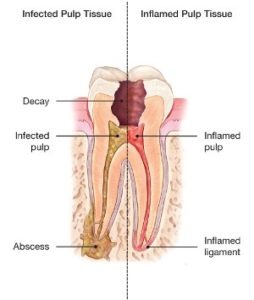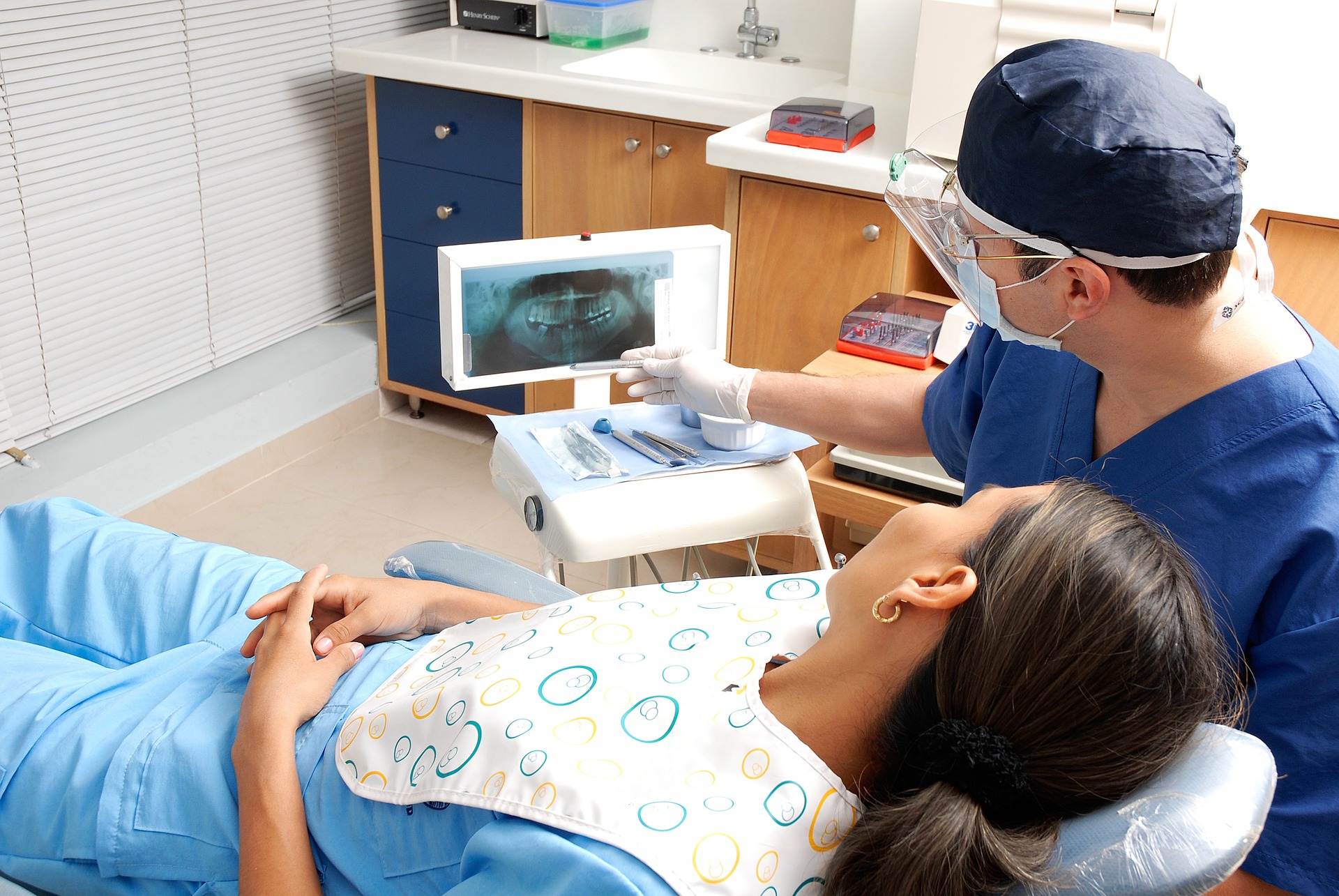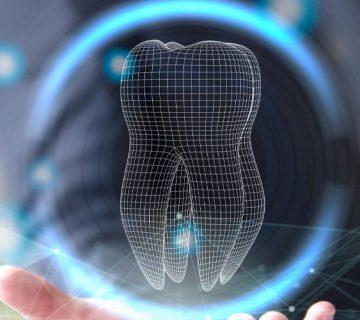Root canal treatment is an often straightforward procedure to relieve dental pain and save your teeth. Patients typically need a root canal when there is inflammation or infection in the roots of a tooth. During root canal treatment, an endodontist who specializes in such treatment carefully removes the pulp inside the tooth, cleans, disinfects and shapes the root canals, and places a filling to seal the space.
What is a Root Canal?
What happens during root canal treatment? Learn more about this quick, comfortable procedure that can relieve your pain and save your natural tooth.
 There’s no need to be worried if your dentist or endodontist prescribes a root canal procedure to treat a damaged or diseased tooth. Millions of teeth are treated and saved this way each year, relieving pain and making teeth healthy again.
There’s no need to be worried if your dentist or endodontist prescribes a root canal procedure to treat a damaged or diseased tooth. Millions of teeth are treated and saved this way each year, relieving pain and making teeth healthy again.
Inside your tooth, beneath the white enamel and a hard layer called dentin, is a soft tissue called pulp. This tissue contains blood vessels, nerves and connective tissue, which help grow the root of your tooth during its development. A fully developed tooth can survive without the pulp because the tooth continues to be nourished by the tissues surrounding it.
Modern endodontic treatment is nothing like those old sayings! It’s very similar to a routine filling and can usually be completed in one or two appointments, depending on the condition of your tooth and your personal circumstances. Getting a root canal is relatively painless and extremely effective. You’ll be back to smiling, biting and chewing with ease in no time.
Saving the natural tooth with root canal treatment has many advantages:
- Efficient chewing
- Normal biting force and sensation
- Natural appearance
- Protects other teeth from excessive wear or strain
Myths About Root Canals
The thought of a root canal may make you fearful or uneasy if you aren’t familiar with the procedure. There are common misconceptions that endodontic treatments such as root canals, cause pain and/or illness and should be avoided at all costs. The exact opposite is true. The pain, inconvenience and cost of avoiding endodontic treatment in favor of tooth extraction or a wait-and-see approach can be easily avoided. The longer you postpone treatment the more you risk the chance to save your tooth. Take the time to read the information on our website to find out what endodontists do to save teeth with minimal time and discomfort. Then address any remaining concerns or questions with your dentist or endodontist.
Put your mind at ease as we dispel three common myths about root canals:
Myth 1: Root canal treatment is painful.
Decades ago that may have been the case, but with modern technology and anesthetics you won’t experience any more pain than if you went to have a cavity filled. The pain from a severe toothache, often caused by damaged tissues in the tooth, can be easily remedied when an endodontist removes the damaged tissue through root canal treatment. In addition, endodontists are experts in pain management, and most cases can be treated quickly and comfortably.
Myth 2: Root canal treatment causes illness.
Information you may find on the Internet or elsewhere, claiming that if you receive a root canal treatment you’re more likely to become ill or contract a disease in the future simply isn’t true. This false claim was based on long-debunked and poorly designed research conducted nearly a century ago, long before modern medicine understood the causes of many diseases. There is no valid, scientific evidence linking root canal treatment to disease elsewhere in the body.
Myth 3: It’s better to pull a tooth than have root canal treatment.
Saving your natural teeth, if possible, is always the best option. Nothing artificial can replace the look or function of a natural tooth so it’s important to always consider root canal treatment as an option. Endodontic treatment has a high success rate and many root canal-treated teeth last a lifetime. Replacing an extracted tooth with a bridge or implant requires more time in treatment and may result in further procedures to neighboring teeth and supporting tissue.





